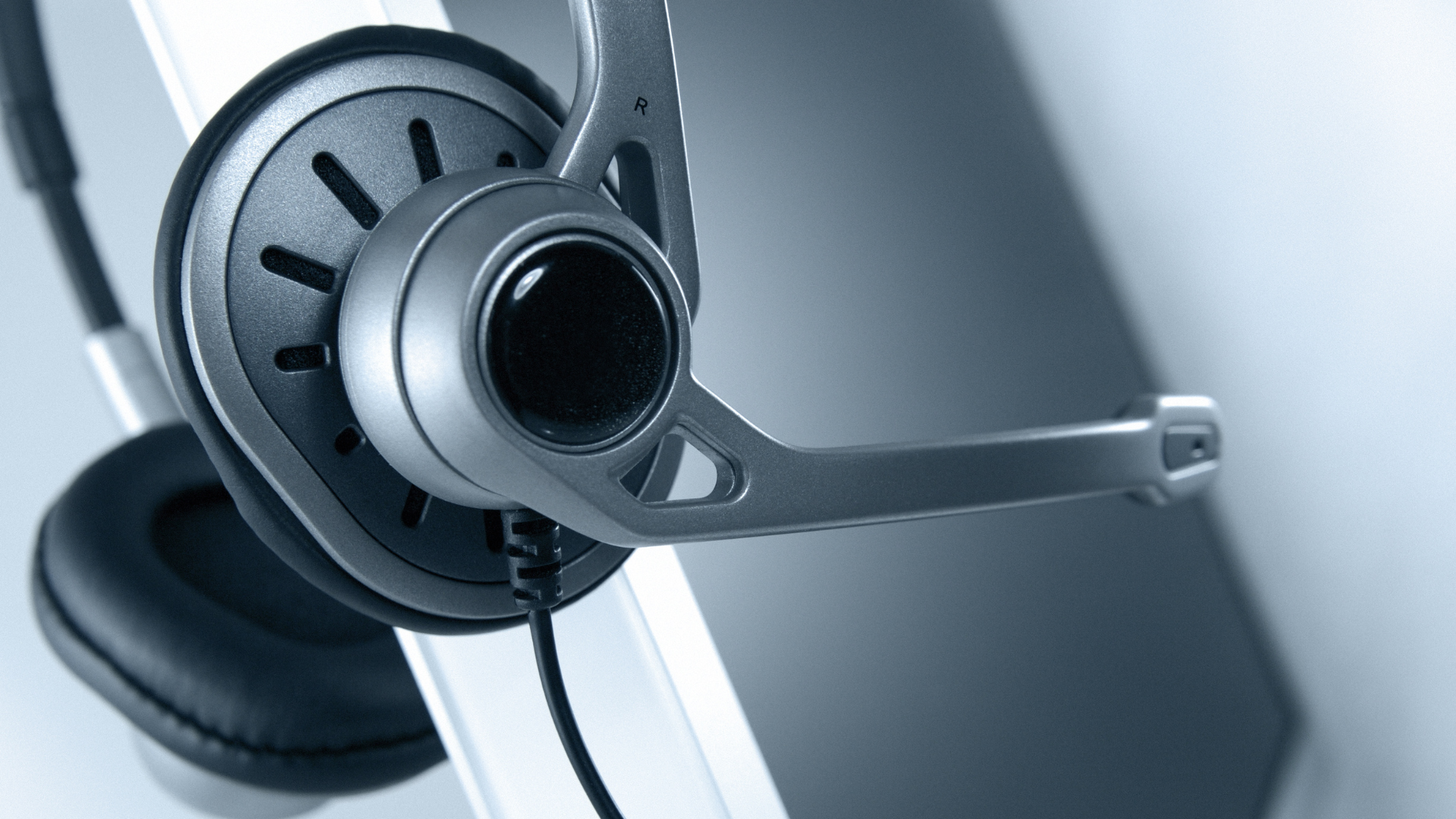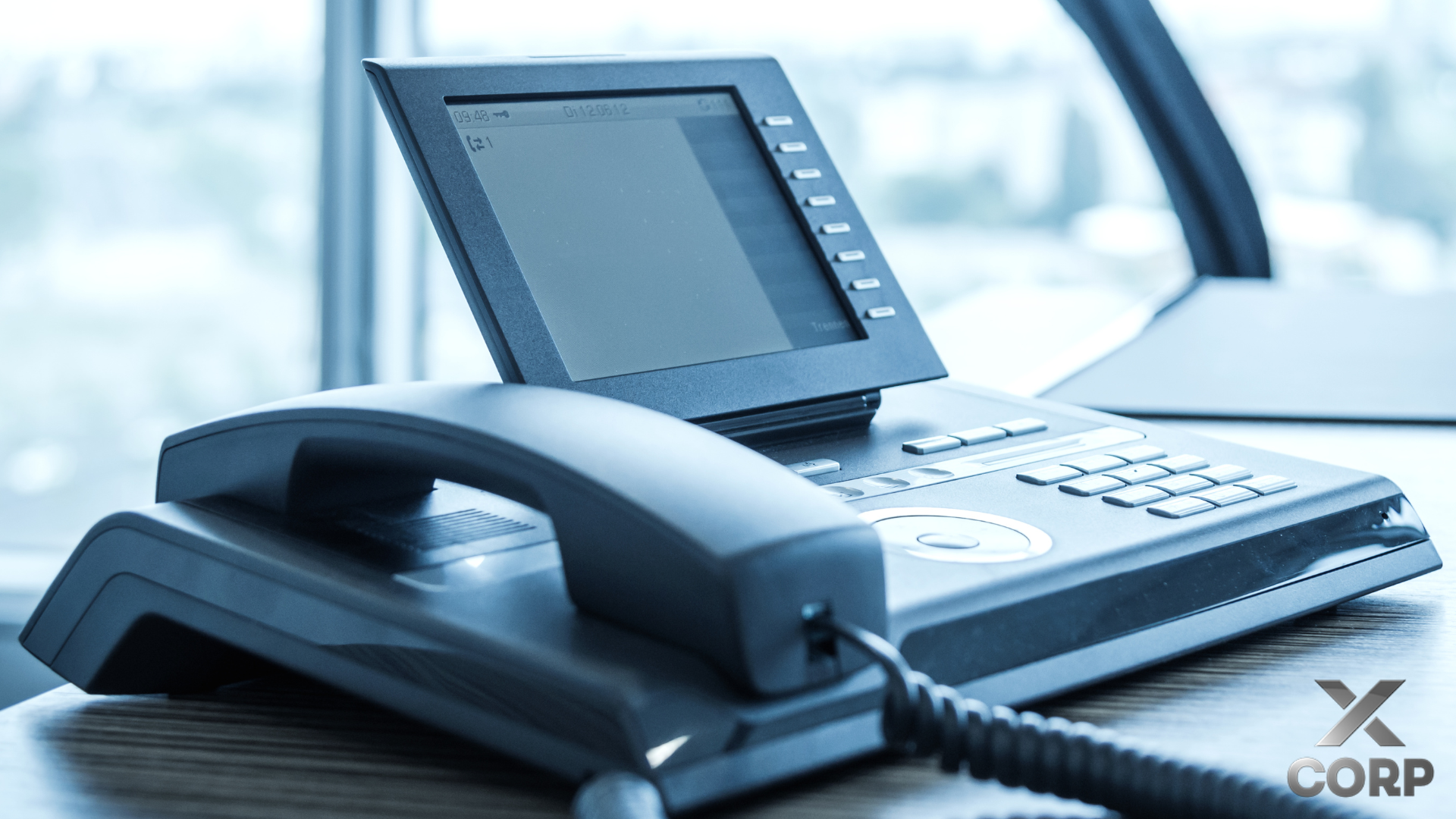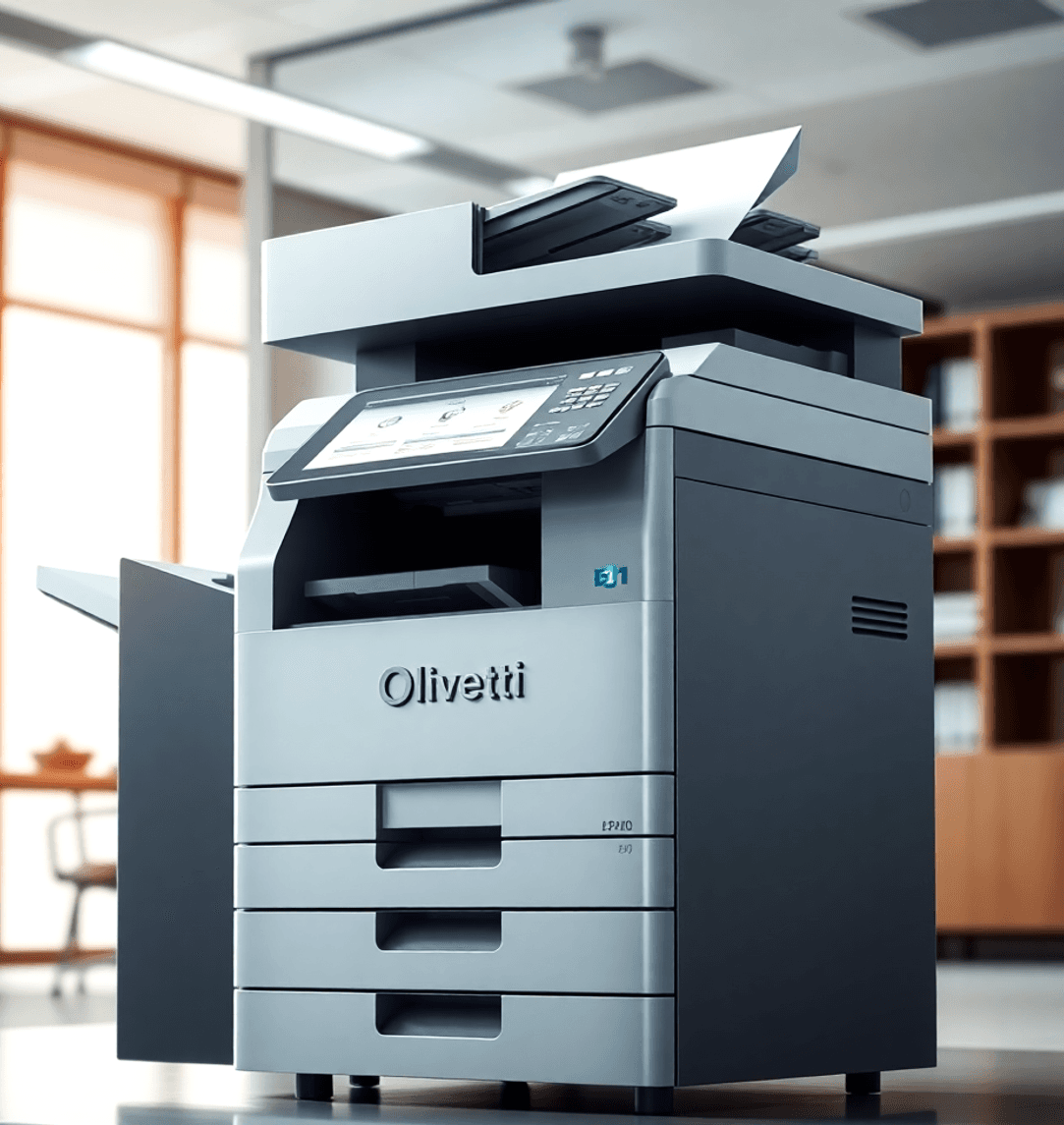
Both Hardphones and Softphones are forms of VoIP (Voice over Internet Protocol) communication systems that allow businesses to make phone calls and communicate using the Internet.
Why Do Most Businesses Choose VoIP?
- Reduce their overall phone bills.
- Upgrade their communication features.
- Enhance their client communications.
- Increase employee collaboration.
What’s The Difference between Hardphones and Softphones?
The
features of both are often similar, and so the actual differences come in their costs, functions, and their user interfaces. Put simply - Hardphones can be seen as physical devices and
softphones as software applications.

Hardphones - What You Need to Know:
Also known as IP or hardware-based phones, hardphones are physical devices (looking and acting much like traditional desk phones).
Unlike their traditional counterparts that make calls over copper wires, hardphones dial out over an IP network (the internet). They also include an integrated display and an advanced operating system with capabilities ranging from ‘mute / forward and record’ options to video calling from built-in cameras.
These devices provide a handheld receiver that lifts off a base, just like any other telephone.
The Upside of Hardphones:
- Greater Uptime & Stability.
- More Consistent Call Quality
As the device is dedicated only to handling your VoIP calls. Where Softphones tend to be running multiple applications in the background.
The Downside of Hardphones:
- More Expensive.
Considering the purchase of physical hardware.
- Slower to Implement
As they require physical installations.
- Hardphones do not have as broad a range of customisable features.
Softphones - What You Need to Know:
Softphones are not physical devices but rather pieces of software installed on a computer, tablet or smartphone, thus giving these devices the capabilities of a VoIP phone.
These software applications generally include all the features you’d expect from a VoIP phone.
Softphones consist of software packages with graphical user interface (GUI) elements (Like software dial pads made up of buttons that users can click on a screen.)
The Upside of Softphones:
- Lower Costs
No expensive hardware to install and maintain.
- Flexibility
A softphone can work on any Internet-capable communication device as well as integrate with other applications.
- Mobility
Softphones are not wired down to your office desks, allowing remote communications between employees and team members.
The Downside of Softphones:
- Onboarding / Training
Though many people find softphones easy to use, they can sometimes require some form of onboarding / training for new users.
- Often additional headsets may be needed in order to achieve a higher call quality.
To Conclude:
Both softphones and hardphones have their own importance in workplaces.
Depending on the type of communication channel your company is looking to establish, you may prefer the consistency and stability of a hardphone system or the affordability and mobility of a softphone system. You may even want to incorporate the two into one unified communication system.
Contact us at X Corp to find out more or try our
Quick Quote Tool to get your own customised business phone system quote.










